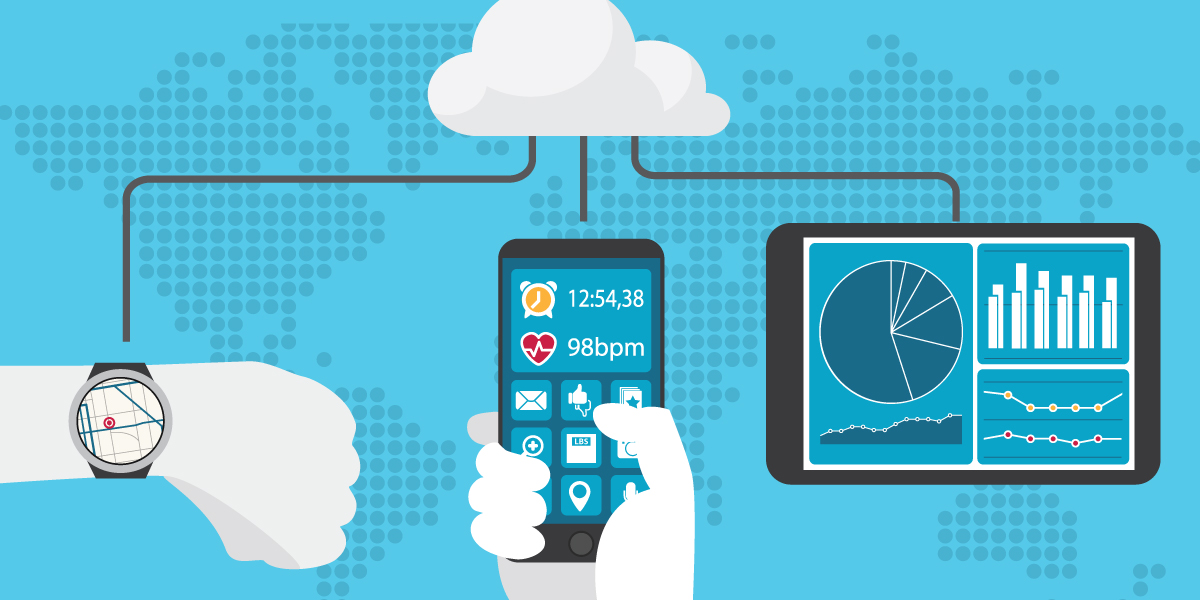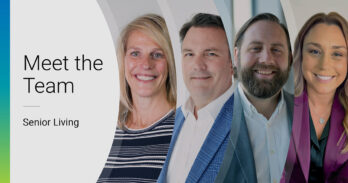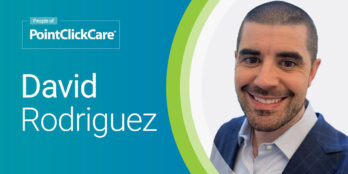
How Senior Living Can Prepare for an ACO World
 3 min
3 min
With the changing healthcare landscape, some are calling Accountable Care Organizations, or ACOs, the future of healthcare as we know it. And while senior living has always been a critical piece of the healthcare continuum, as an industry it has not yet found a place at the ACO table.
But it will. And those organizations that are preparing for the conversation are the ones that will succeed in this new landscape.
“If I were a smart senior housing organization, I would be thinking about who I want to partner with, how I would want to structure those financial arrangements, and proactively start those conversations with the people I want to partner with,” says Fred Bentley, Vice President at Washington, D.C.-based health care consulting firm Avalere Health.
Approaching those conversations unprepared is a mistake. It’s vital to know what ACOs are looking for in a senior living partner and to have those components in place beforehand. After all, narrowing networks will ultimately separate the winners from the losers.
Measure, Track and Prove
To gain traction with ACOs, senior living organizations must begin prioritizing population health — or the ability to take financial accountability for managing the cost and quality of care for the patient population. And they need to be able to begin proving their efforts to ACOs right away.
“I have to keep my 35,000 members healthy. That’s population health,” says Karen Vanaskie, Care Management Program Director at Scottsdale Health Partners, an ACO based in Scottsdale, AZ. “I need to have partners that have that same objective.”
In skilled nursing, this means standardizing care to achieve the best patient outcomes. In senior living, this means maintaining residents’ conditions and preventing new conditions that could require more care. But these efforts alone won’t matter to ACOs if they can’t be measured — and ultimately — proven successful.
That’s why senior living and skilled nursing providers need to have good, shareable data. ACOs choose partners that can access up-to-date data in real-time. The data ACOs want is vast, and can no longer be tracked using paper or computer spreadsheets.
“When I see Excel spreadsheets, it panics me,” Vanaskie says. “Transparency is critical, and to do it without technology is not possible. It’s just not.”
If your senior living organization still lacks data or the technology to track and share it, it’s not too late to play catch up and win partnerships. When choosing a platform for your organization, make sure it:
1. Connects to the other platforms in your chosen ACO’s continuum of care. That way, it will help create a seamless record of the patient population — a big plus in the eyes of an ACO.
2. Allows your organization to share data with an ACO network and with its payers quickly, efficiently and accurately. This has a big impact on whether or not an ACO will be impressed with your organization when it approaches them.
3. Is nimble, quickly adaptable and cloud-based, recommends Protima Advani, Vice President of Healthcare Networks at Avalere Health. That way, implementation is simplified, constant updates are possible and there are fewer expenses associated with storing data.
“You want to get your technology platform up and running, so when ACOs come knocking at your door you can say, ‘here’s our portfolio, this is what we’re doing, here is our data.’ That’s what we want to see,” Vanaskie says.
The time to adopt these technologies and begin gathering data is now. In the words of Vanaskie: “Hurry up! Hurry, hurry, hurry!”
Read More: How Smartphones Can Help Care for Diabetic Seniors
May 12, 2016





